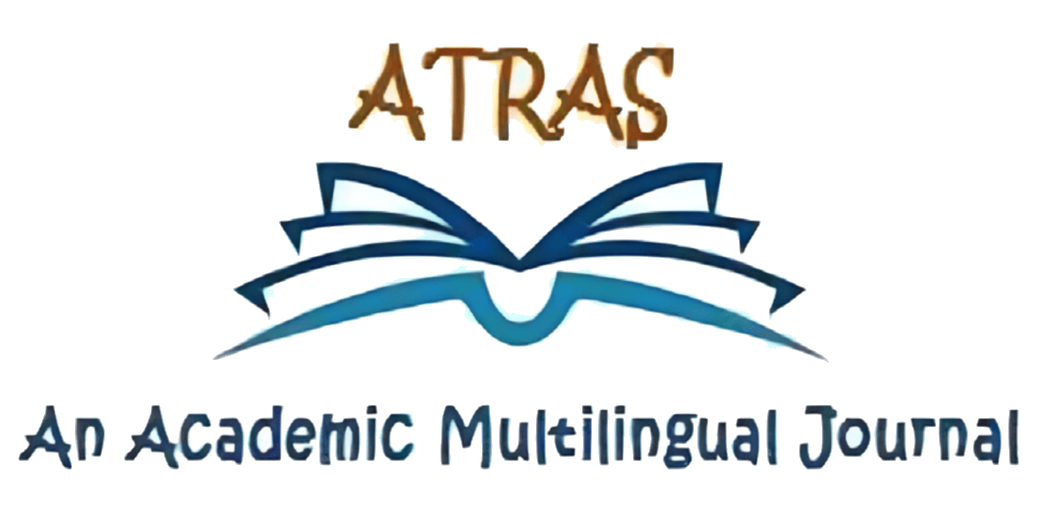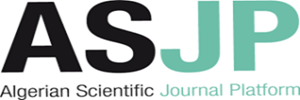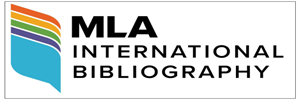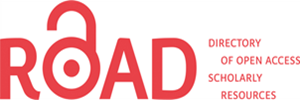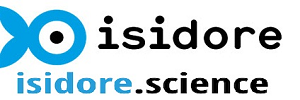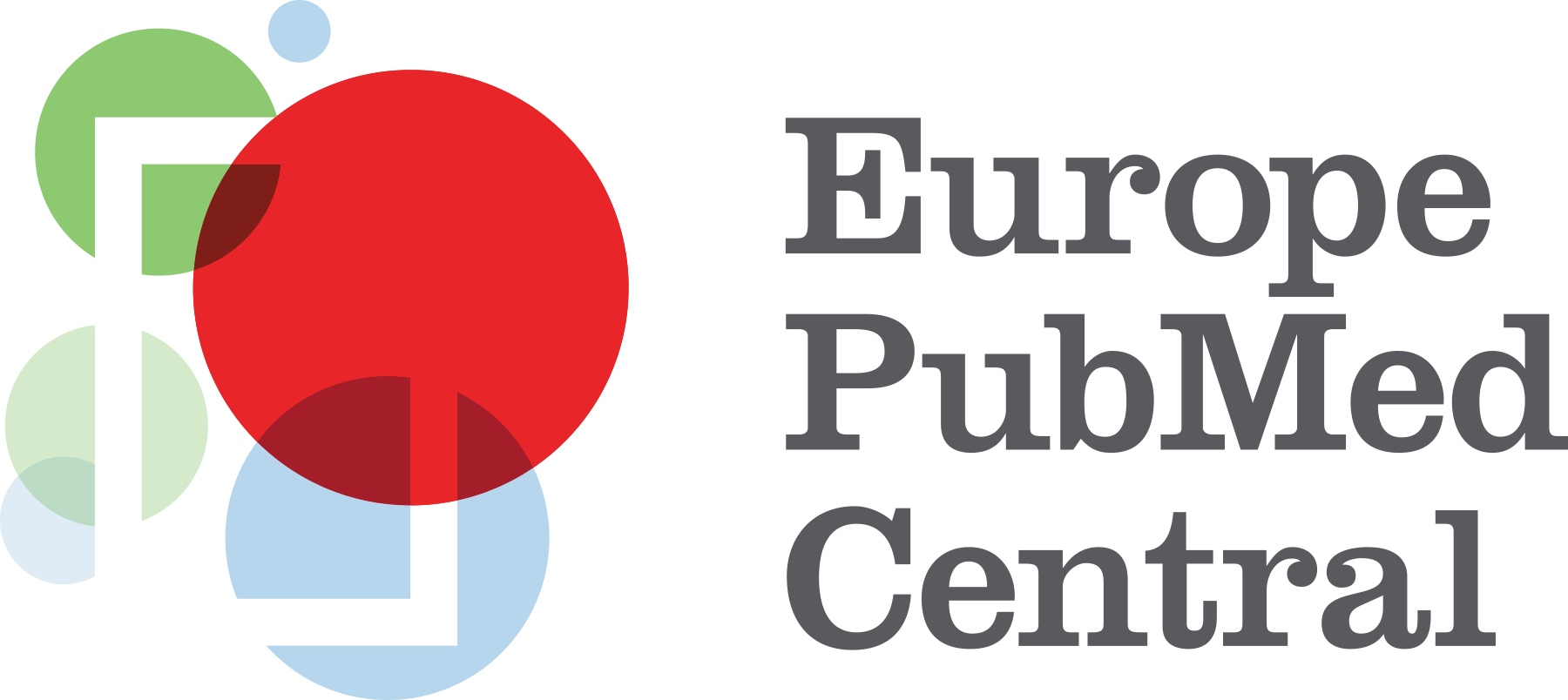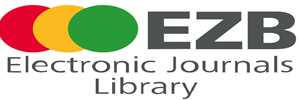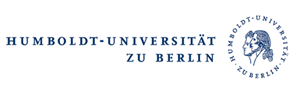Artificial Intelligence versus Human Intelligence in the Analysis of Context during the Translation Process: An Applied Study
Abdelhafid TAIBI
University of Mohamed Lamine Debaghine- Sétif2
https://orcid.org/0009-0000-5898-1671
Hassina LOUAER
University of Mohamed Lamine Debaghine- Sétif2
https://orcid.org/0009-0003-4657-1036
Abstract
Recently, power turn has emerged as a significant development in the translation field, particularly in the realm of machine translation. This shift has transitioned the practice from being exclusively human-driven to automated where machines are now competing with humans. Given that meaning serves as the driving force behind every translation process, context plays a pivotal role in enabling the translator to attain it. The present paper explores the importance of context in the comprehension process and examines artificial intelligence’s capability to rival human intelligence in contextualization and accurately conveying meaning through translation. Within this endeavour, the researchers utilized the Deepl tool software to compare artificial intelligence-generated translations with those produced by humans. Our results reveal that a prevalent issue in artificial intelligence translation is the occurrence of ‘translationese’.
Keywords: Artificial Intelligence, context, Deepl, human intelligence, meaning, translationese, translation process
How to Cite this Paper :
Taibi, A., & Louaer, H.(2024). Artificial Intelligence versus Human Intelligence in the Analysisof Context during the Translation Process: An Applied Study. Atras Journal, 5(Special Issue), 367-380.
DOI:
https://doi.org/10.70091/atras/AI.23
References:
Al-Khalifa, H. (2023). Mukadima fi el Dakaa el istinaahi el tawlidiIntroduction to Generative AI. Iwane.
Basil, H., &Mason, I. (1990). Discourse and the Translator. London and New Yor : Longman.
Ben Amer, S. F. (2022). The Importance of Context Theory in Language Education. The Faculty of Arts Journal, 52, 250-265. https://doi.org/10.37376/jofoa.vi52.4591
Catford, J. C. (1965). A Linguistic Theory of Translation: An Essay in Applied Linguistics. Oxford: Oxford University Press.
Dugal, M. (2024). What Is Artificial Intelligence and How Will It Change Our Lives?London: QuartoPublishing plc.
Firth, J. R. (1935). The technique of Semantics. Transactions of the Philological Society, 34, 36-73.https://doi.org/10.1111/j.1467-968X.1935.tb01254.x
Guidère, M. (2010). Introduction à la traductologie: Penser la traduction: hier, aujourd’hui, demain (2èmeéd). Paris:Groupe de Boec .
Halliday, M.A. (1999). The Notion of ‘Context’ in Language Education. Text and Context inFunctionalLinguistics, 169, 1-24.https://doi.org/10.1075/cilt.169.04hal
Hornby, M. (2006). The Turns of Translation Studies: New paradigms or shifting viewpoints?Amsterdam: John Benjamins B.V.Ja obson, R. (1959). On linguistic Aspects of Translation. On Translation, 23, 231-239.https://doi.org/10.4159/harvard.9780674731615.c18
Jakobson, R. (1987). Language in Literature. InK. Pomors a & S. Rudy (Eds), Linguistics and Poetics (pp. 62-94). England: The Bel nap Press of Harvard University Press.
Khasanova, G. K. (2023). THE ROLE OF CONTEXT IN THE COMMUNICATION. Formation and Development of Pedagogical Creativity: International Scientific-Practical Conference (Belgium), 2, 6–9. Retrieved from https://openconference.us/index.php/pedagogy/article/view/1049
Mounin, G. (1963). Les Problèmes Théoriques de la Traduction. France:Editions Gallimard.
Nida, E. (1964). Toward a Science of Translating. Netherlands: E. J. Brill.
Seleskovitch, D.,& Lederer, M. (1997). Interpréter pour Traduire(3ème éd). Paris:Didier Erudition.
Stratis, K. (2024). What Is Generative AI? A GenerativeAI Primer for Business and Technical Leaders.Sebastopol: O’Reilly Media.
Whorf, B.L. (1956). Language, Thought, and Reality: Selected Writings of Benjamin Lee Whorf. Oxford, England: Technology Press of MIT.

Copyright for all articles published in ATRAS belongs to the author. The authors also grant permission to the publisher to publish, reproduce, distribute, and transmit the articles. ATRAS publishes accepted papers under the Creative Commons Attribution-NonCommercial 4.0 International (CC BY-NC 4.0) License. Authors submitting papers for publication in ATRAS agree to apply the CC BY-NC 4.0 license to their work. For non-commercial purposes, anyone may copy, redistribute material, remix, transform, and construct material in any media or format, provided that the terms of the license are observed and the original source is properly cited.
